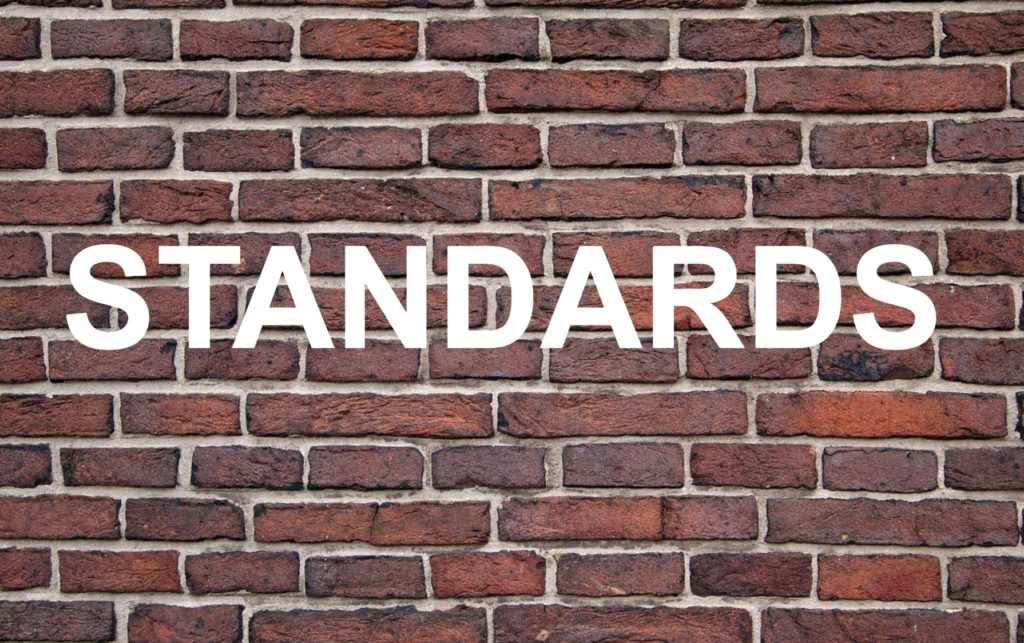
Standards are super important. They provide us a basis for mutual understanding and used in products and technologies to support communication, transparency, commerce, production, and manufacturing. We have standards in so many places because they make sense. They fundamentally improve business.
This is a place where we have so many discussions about standards in engineering software such as CAD, PDM, PLM, and related disciplines. All these standards are data standards. And when it comes to the data, the citation can be very different. Data standards are really hard. I discussed it in many articles. Here are some of my recent blog posts about standards. Who needs PLM standards? and What is the value of PLM standards? These two questions are really important. Because by finding who needs standards and the value, we can identify what needs to be improved and how to do so.
Standards vs Specifications
A popular joke about standards – Standards are like toothbrushes: Everyone wants one but no one wants to use someone else’s” is one of the best descriptions of the fundamental confusion between standards and specifications. In my view, the true data standard is a specification that has widespread and consistent adoption. The keyword in turning specifications into a standard is “adoption”. Without that, it will be the only specification. It can be a great specification, but it won’t be a standard. Many standard initiatives ended up on the stage of specifications but stuck in the adoption stage.
Cost and Software Vendors
Standards initiatives are usually sold for a good reason. But data standards are extremely expensive and sometimes cannot be achieved because of the complexity and conflicting business interests. While customers are usually beneficiaries of the data standards, the long history of the CAD/PLM industry demonstrated that vendors are less interested in data standards because traditional business models benefit data locking and up-selling more products to existing customers.
Real World and Business
Sometimes data standards stuck because the subject cannot be standardized. This thing is really tricky to understand and it took me some time to dig through my long time of developing and implementing PLM solutions for manufacturing companies. Data standards in PLM are tightly connected to what manufacturing companies do and specific features of PLM software. The first part is highly diversified, because of industries and the way manufacturing companies are running their business. The second is the subject of fierce competition between vendors. The conflict between them is the outcome of many standardization activities.
Standards and Multi-Tenant PLM Platforms
Earlier this week I discussed the role of multi-tenant PLM architecture to support Digital Thread. One of the aspects of digital thread is the ability to connect information from different companies and eventually from different systems. It leads to the question of data standardization. Multi-tenant systems and data networks is a very interesting and promising technology that can help to solve many problems. It is well known that multi-tenancy can help in many ways such as optimize resources and sharing data. However, there is another one – passive creation of commonly adopted data specifications. Let me explain more.
The usual assumption is that multi-tenant systems cannot be customized. While it was true at the beginning, this is changing now. Remember the time when PLM systems had static data schemas. It was 20-25 years ago, but then flexible data models came to replace them. The history is repeating again and flexible data modeling is coming now to multi-tenant systems. This opens a completely new way to model data and find common data schema elements that can be reused, Which leads to to wide adoption of these data elements. Remember at the beginning? The absence of wide adoption kills most of good data standard specifications.
What is my conclusion?
Flexible data models combined together with multi-tenant data architectures will change the way data standards are defined in engineering and manufacturing software. Instead of defining standard specifications, multi-tenant PLM systems will build them together with customers – it will combine together the process of specification and adoption by solving one of the most fundamental challenges of modern PLM systems – data standards, Just my thoughts…
Best, Oleg
Disclaimer: I’m co-founder and CEO of OpenBOM developing a digital network-based platform that manages product data and connects manufacturers and their supply chain networks. My opinion can be unintentionally biased.
The post How Multi-Tenant Systems Can Change PLM Standards appeared first on Beyond PLM (Product Lifecycle Management) Blog.



Be the first to post a comment.